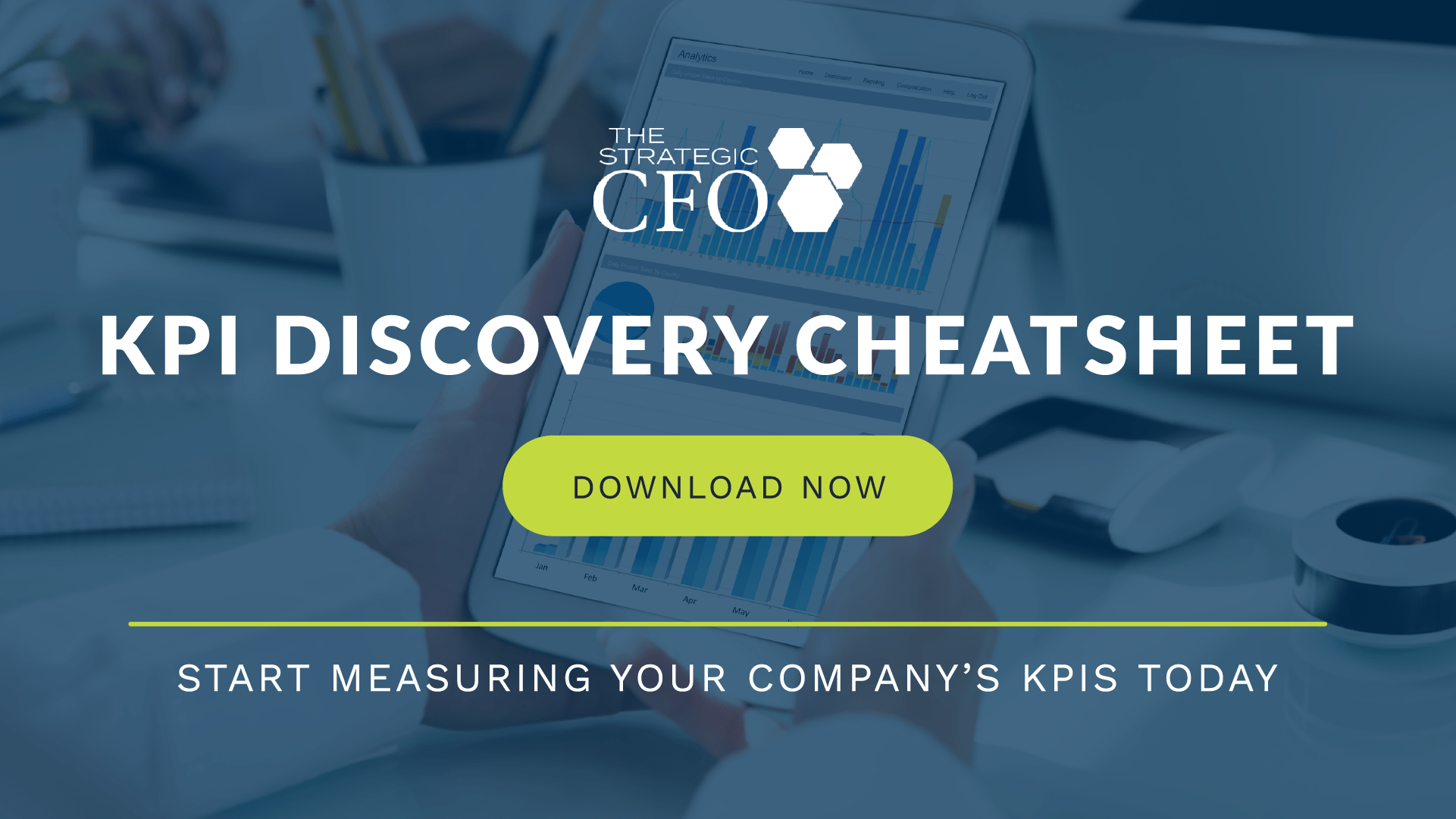See Also:
Earnings per Share (EPS)
Price to Book Value Ratio
Price to Sales Ratio
Return on Equity Analysis
Preferred Stocks (Preferred Share)
Action Plan
Price Earnings Ratio Analysis Definition
Price earnings ratio (P/E ratio), defined easily as an indicator of how much investors pay for a share compared to the earnings a company generates per share, is as important in stock trading as it is in equity financing markets. It tells investors how expensive a stock is. Therefore, the higher the P/E ratio, the more the market is willing to pay for each dollar of annual earnings.
Price Earnings Ratio Analysis Meaning
Price earnings ratio, meaning an indicator to measure a company’s market performance, is one of the many financial ratios used to evaluate an equity investments in private or public markets alike. Companies with high P/E ratios are more likely to be considered risky investments than those with low P/E ratios because a high P/E ratio means high expectations for a company’s potential earnings growth. Since P/E ratio varies from industries to industries, it is more valuable to comparing P/E ratios of companies within the same industry or against a company’s historical P/E ratios.
[button link=”/kpi-discovery-cheatsheet?utm_source=wiki&utm_medium=button%20cta” bg_color=”#eb6500″]Download The KPI Discovery Cheatsheet[/button]
Price Earnings Ratio Formula
Two main price earnings ratio formulas exist:
Price earnings ratio = Market price per share ÷ Earnings per share
Or
Price earnings ratio = Average total common stock ÷ Net Income
But one is more suited to public and one to private equity markets. When the market price or earnings per share are not evident, as with the sale of a private corporation, the second option is a simpler choice.
Price Earnings Ratio Calculation
Price earnings ratio calculations are, at their core, a basic division problem.
For example, assume $20 in market price per share and $5 in earnings per share.
Price earnings ratio = 20 / 5 = 4
This means that investors pay $4 for every dollar of earnings that a company generates.
Price Earnings Ratio Analysis Example
After years of working, Barbara has become a professional investor. Barbara makes an effort to diversify her portfolio across all types of investment: stocks, bonds, real estate, angel investment, and more. To Barbara, the most important aspect of investment is knowing what to expect. She likes to get her hands dirty in her work: she skips the web and is her own price earnings ratio calculator.
Barbara has decided to sit down and evaluate her stocks. First, she prepares her tools, a warm cup of coffee, and her mindset. She then begins to look through her public stock portfolio as a whole. Satisfied with her efforts, Barbara digs deeper into the performance of her portfolio companies. She wants to know the price earnings ratio of s&p 500 stocks which she owns. Her average results are listed below:
$20 in average market price per share and $5 in average earnings per share.
Average price earnings ratio = $20 / $5 = $4
Barbara’s price earnings ratio analysis yields the prior results. She then moves on to evaluating her price earnings ratio history for her stocks as an angel investor. Her work sheds light on the following results:
$20 in average total common stock and $5 in average net income.
Average price earnings ratio = $20 / $5 = $4
Conclusion
Price earnings ratio, Dow Jones and small boutique alike, is an equation that gives an important evaluation of the performance of a company an investor has owner’s equity in. In conclusion, Barbara is happy that she can make a living using her natural skills and talents.

[box]Strategic CFO Lab Member Extra
Access your Flash Report Execution Plan in SCFO Lab. The step-by-step plan to create a dashboard to measure productivity, profitability, and liquidity of your company.
Click here to access your Execution Plan. Not a Lab Member?
Click here to learn more about SCFO Labs[/box]

Resources
For statistical information about industry financial ratios, please click the following website: www.bizstats.com and www.valueline.com.





















